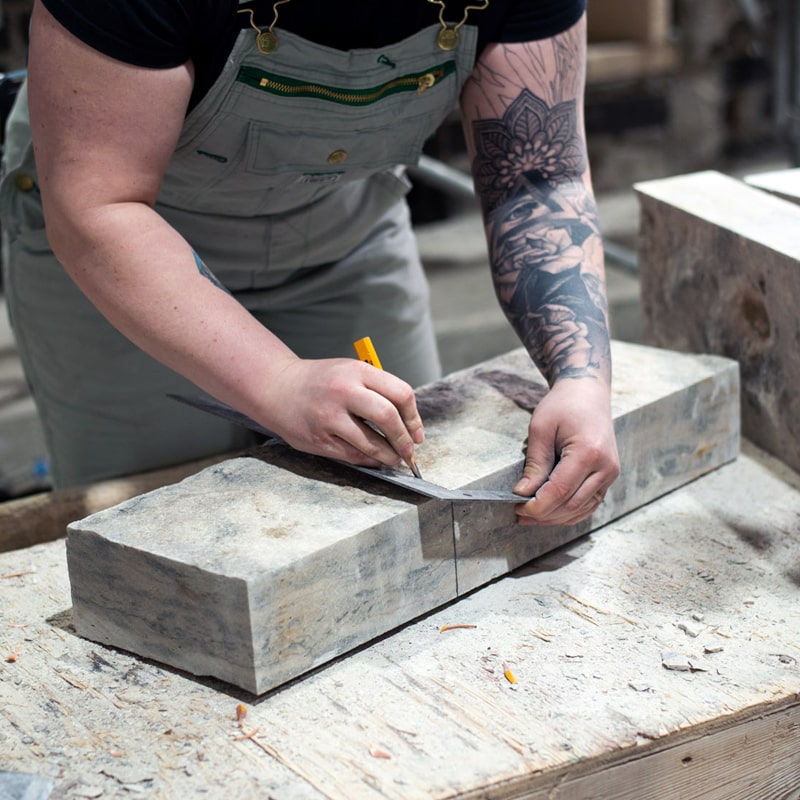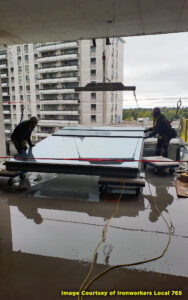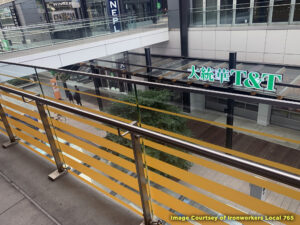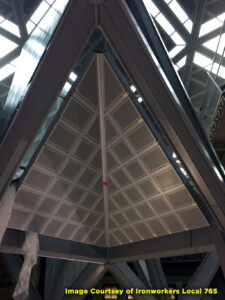An Architectural Glass & Metal Technician (also known as a Glazer) handles, measures, cuts, prepares, fits, installs, replaces and repairs all types of glass and glass substitutes, typically in commercial, residential and transportation settings. A Glazer fabricates & installs curtain wall framing, aluminum storefront frames and entrances, doors and hardware, structural silicone glazing, skylights and sloped glazing.
Responsibilities
Measure, cut, fit, install and/or secure glass panes, window parts & architectural metals
Read and interpret drawings & specifications
Work with and install plastic, granite, aluminum panels and other similar materials used as glass substitutes
Work from mobile equipment, scaffolds and swing stages, sometimes at great heights, to manoeuvre glass panels that are lifted by cranes and other lifting equipment
Key Skills & Attributes
Knowledge of building & construction
Strong Attention to detail
Strong communication, reading and writing, numeracy and problem-solving skills
Patience and the ability to remain calm in stressful situations
Manual dexterity
Employment Sectors
Institutional and Commercial Construction
New home building and renovation
Self employment
Fabrication
Apprenticeship Program
8000 hours of on-the-job training, supplemented by three 8-week sessions of in-class technical training.
Entrance Requirements
Grade 12 Diploma preferred (Grade 10 minimum)
Journeyperson Wage Rate
$40.63/Hr (2024 Provincial Average)*
*Wage updates are expected in late Spring/Summer 2026.
Did you know?
Glass may look solid, but it’s actually called an amorphous solid, which is a state between solid and liquid. If you were to look at the molecules that make up the glass, you would see that they are in fact moving but at a very slow rate.
Not sure where your skills are?
Build Your Skills is a free tool to help build familiarity and comfort with trade related math, science and document reading.
Start learning by clicking the button below.
Start learning by clicking the button below.
Explore Other Trades

Ironworker Structural & Ornamental

Reinforcing Rodworker

Brick & Stone Mason

Hoisting Engineer - Tower Crane Operator












